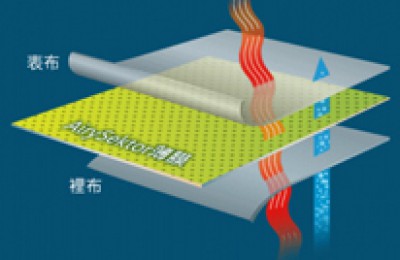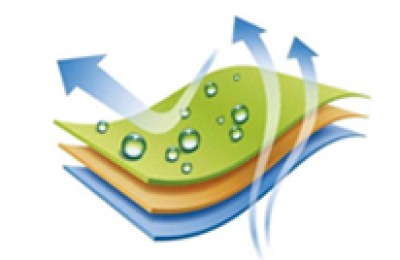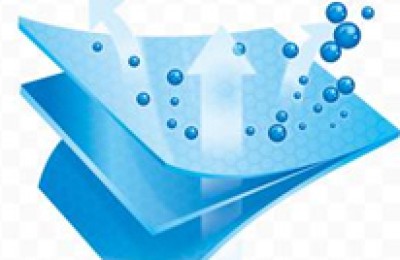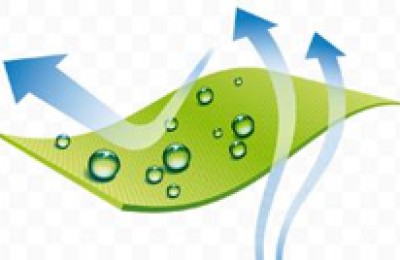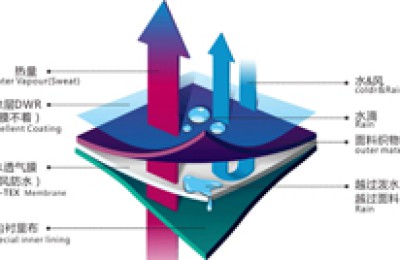17. A wool knitting factory plans to perform anti-shrinkage finishing on l8.52tex pure wool weft knitted fabrics. Is it feasible to use the oxidation method? What is its effect?
Answer: There are many techniques for wool anti-shrinkage finishing, such as chlorination method, chlorinated resin method, oxidation method and biological enzymatic method, etc. The oxidation method is introduced as follows.
①Process conditions. Oxidation: immerse at 40°C, raise temperature to 50°C at a rate of 1°C/min, and run at constant temperature for 15 minutes. Reduction: immerse at 45°C, raise temperature to 55°C at a rate of 1°C/min, and operate at constant temperature for 8 minutes. Washing: Wash thoroughly in 45℃ clean water. Softening treatment: immersion at 30℃, constant temperature treatment for 20 minutes. Drying: Dry in 80℃ hot air dryer to the specified moisture regain.
②Process prescription. Oxidation solution prescription: KMnO4 3g/L, anti-shrinkage additive 2g/L, sodium dodecyl sulfate 2g/L. Reducing solution prescription: Na2SO3 20g/L, HAc 10mL/L. Softening prescription: Amino silicone softener 1% (owf).
After the above treatment, the surface of the wool fabric is smooth and lustrous, the whiteness is improved, the hand feel is improved, the shrinkage rate in the warp and weft directions is significantly reduced, the itch is reduced when worn, and it can withstand machine washing and does not shrink. , Can’t afford the ball.
The principle of oxidation anti-shrinkage method is to use oxidants to blunt the tips of the scales on the wool surface or remove the entire layer of scales to smooth the surface of the wool and remove the winding and felting phenomenon caused by the irreversible movement of wool fibers. In the potassium permanganate solution, wool adsorbs KMn04 molecules, causing the fiber to swell. The amino acids at the tip of the scales react with KMnO4, and the disulfide bonds in the amino acids are oxidized and broken. , KMn04 is reduced to MnO2, forming a brown precipitate. Under the action of the reducing agent Na2SO3 , reducing MnO2 to Mn2+ and removing the brown color. The amount of KMnO4 should be controlled during the process. KMnO4 must be dissolved with hot water before use, and no crystal particles should be present to prevent holes in the fabric.
AAASVSGHRUTO
Disclaimer:
Disclaimer: Some of the texts, pictures, audios, and videos of some articles published on this site are from the Internet and do not represent the views of this site. The copyrights belong to the original authors. If you find that the information reproduced on this website infringes upon your rights, please contact us and we will change or delete it as soon as possible.
AA



